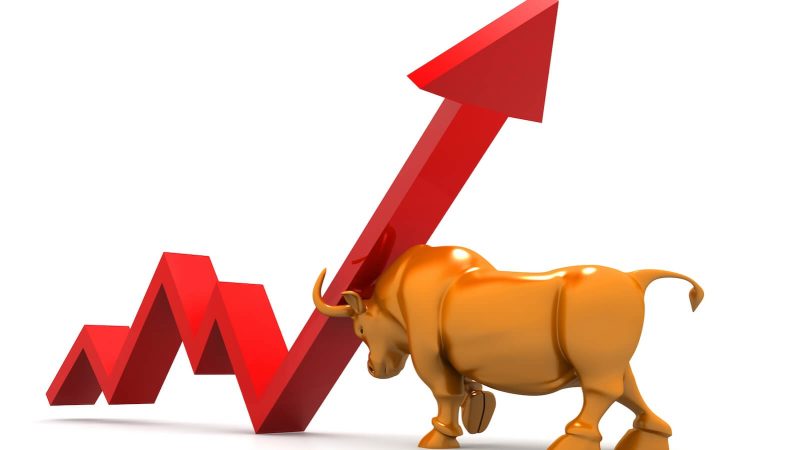In recent times, the stock market has seen a significant rally coupled with a rise in bond yields, leaving many investors and analysts speculating about the reasons behind this financial upswing. To better understand the dynamics at play, it is essential to delve into the factors that have contributed to this phenomenon and its potential implications for the broader economy.
Market Sentiment and Economic Recovery
One of the primary drivers behind the stock market rally and the uptick in bond yields is the overall positive market sentiment fueled by expectations of a robust economic recovery. As the world emerges from the challenges posed by the global pandemic, investors are optimistic about the prospects of businesses returning to normalcy and economic activity picking up pace. This optimism has translated into increased demand for stocks, driving up prices and pushing market indices to new highs.
Moreover, the rollout of widespread vaccination campaigns and government stimulus packages have further bolstered investor confidence in the economic outlook. The infusion of liquidity into the markets, coupled with low-interest rates maintained by central banks, has supported risk appetite among investors, leading to a surge in stock prices. As businesses resume operations and consumer spending rebounds, many companies are expected to report strong earnings, further fueling the rally in equity markets.
Rising Yields and Inflation Expectations
Another key factor contributing to the recent financial upswing is the rise in bond yields, particularly in the U.S. Treasury market. The increase in yields can be attributed to growing inflation expectations as the economy reopens and demand for goods and services picks up. Investors are pricing in the likelihood of higher inflation in the future, which has led to a sell-off in government bonds and a corresponding increase in yields.
The rise in bond yields has implications for various asset classes, including stocks and other fixed-income securities. As bond yields increase, the attractiveness of equities relative to bonds diminishes, leading some investors to reallocate their portfolios. This dynamic can create volatility in the stock market as investors adjust their holdings in response to changing yield levels.
Federal Reserve Policy and Interest Rate Expectations
The monetary policy stance of the Federal Reserve also plays a crucial role in shaping market dynamics. The central bank has reiterated its commitment to keeping interest rates low until the economy achieves maximum employment and inflation reaches its target level of 2%. However, recent statements from Fed officials indicating that they are closely monitoring inflation metrics have raised concerns about the possibility of an earlier-than-expected tightening of monetary policy.
Speculation about potential interest rate hikes in the future has contributed to market volatility, as investors try to gauge the timing and magnitude of such policy changes. Any signals from the Fed suggesting a shift in its accommodative stance could lead to a reassessment of risk in financial markets, impacting both stock prices and bond yields.
Conclusion
In conclusion, the recent stock market rally and rise in bond yields are driven by a confluence of factors, including positive market sentiment, economic recovery expectations, inflation concerns, and central bank policy. Understanding these dynamics is essential for investors seeking to navigate the evolving landscape of financial markets and position their portfolios accordingly. While the current upswing presents opportunities for profit, it also carries risks that require careful monitoring and risk management to ensure long-term financial success.

